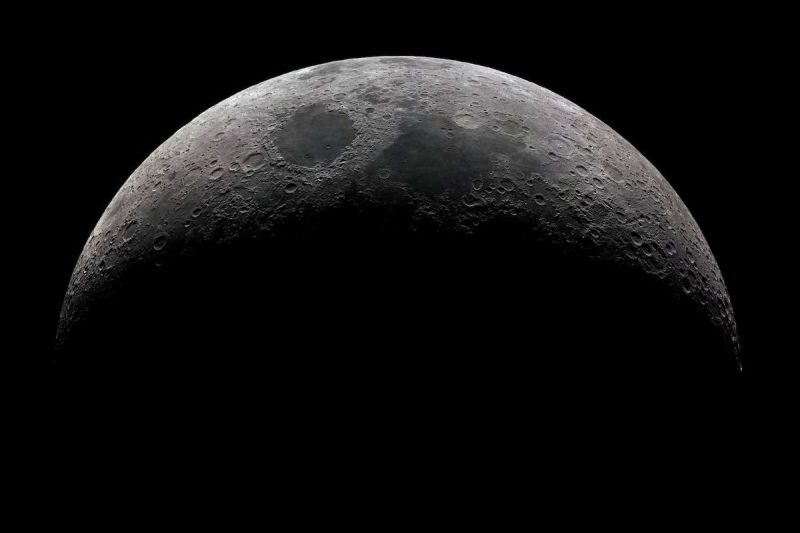As humanity edges closer to mining the moon, industry analysts warn that established mining companies, not venture-backed space startups, may dominate the emerging lunar resource sector.
The space mining market, projected to reach US$20 billion by 2035, has attracted significant attention from venture capital and government programs, including NASA’s Artemis initiative.
Permanent lunar operations aim to target resources such as water ice in shadowed craters, regolith for construction, and helium-3 for potential fusion applications.
However, while multiple commercial landers reached the moon in 2025, profitable extraction remains a challenge.
Stirling Forbes, CEO of Forbes-Space, a consultancy advising both space ventures and industrial firms, noted that startups face steep obstacles.
“Space startups excel at getting there. But once you land, the hard part is mining — and that’s where most space companies have zero experience,” he said in a recent article.
Forbes emphasized that deploying and operating the necessary mining equipment requires tens of millions in upfront investment, with years before returns can materialize—conditions under which traditional mining companies thrive, but venture capital often cannot.
Large-scale miners already possess capabilities directly applicable to extraterrestrial operations. Mining giant Rio Tinto (ASX:RIO,NYSE:RIO,LSE:RIO,OTC:RTPPF), for example, runs autonomous 200-ton haul trucks in Western Australia’s Pilbara region from 1,500 kilometers away, supported by AI-driven drill systems and robotic material handling.
Such operations mirror the challenges lunar mining will present, including remote management, automated extraction, and processing in harsh conditions.
Analysts also point to logistical advantages of the moon over asteroids. The moon is just three days away from Earth, which allows for quicker responses to equipment failures, while near-Earth asteroids require months-long missions.
Additionally, NASA and international partners are actively building power systems, communications networks, and landing infrastructure on the moon, whereas asteroid operations would require establishing everything from scratch.
Lunar resources, such as water ice, also have immediate customers in space programs, converting directly into rocket propellant for Mars and deep-space missions.
For investors and space companies, Forbes advises focusing on partnerships rather than attempting to independently master both space operations and industrial-scale mining.
Traditional mining firms are moving quickly to secure positions in the sector, and early collaborations could define the rules and regulations for decades to come.
“The space mining revolution is coming, but it won’t look like the investment community expects. It will be led by companies that understand both space above and the ground beneath our feet,” he emphasized.
Securities Disclosure: I, Giann Liguid, hold no direct investment interest in any company mentioned in this article.







































